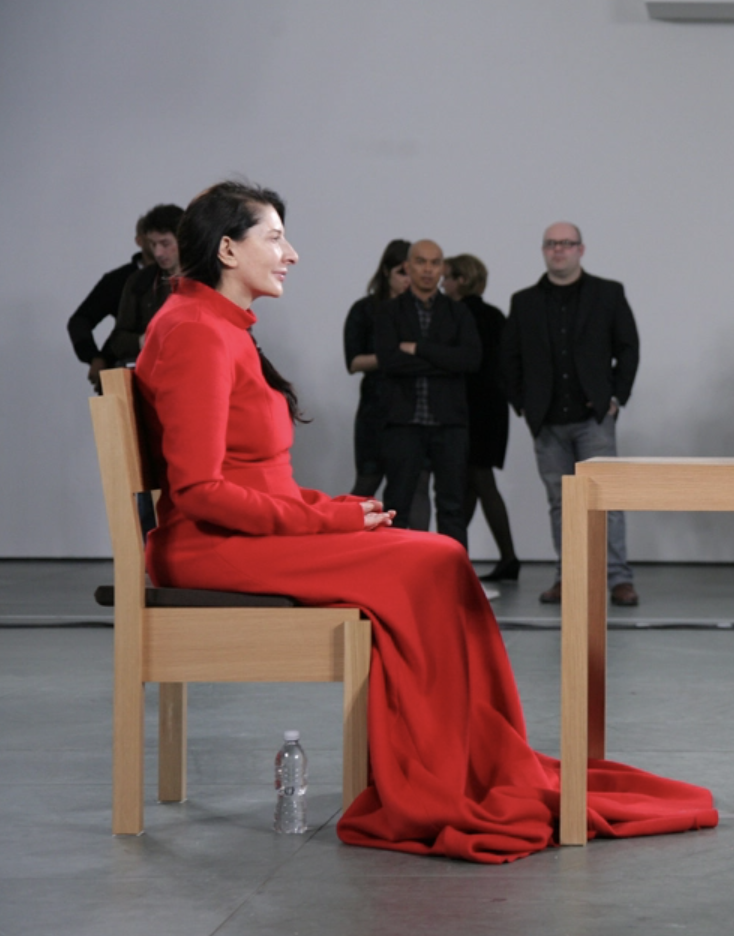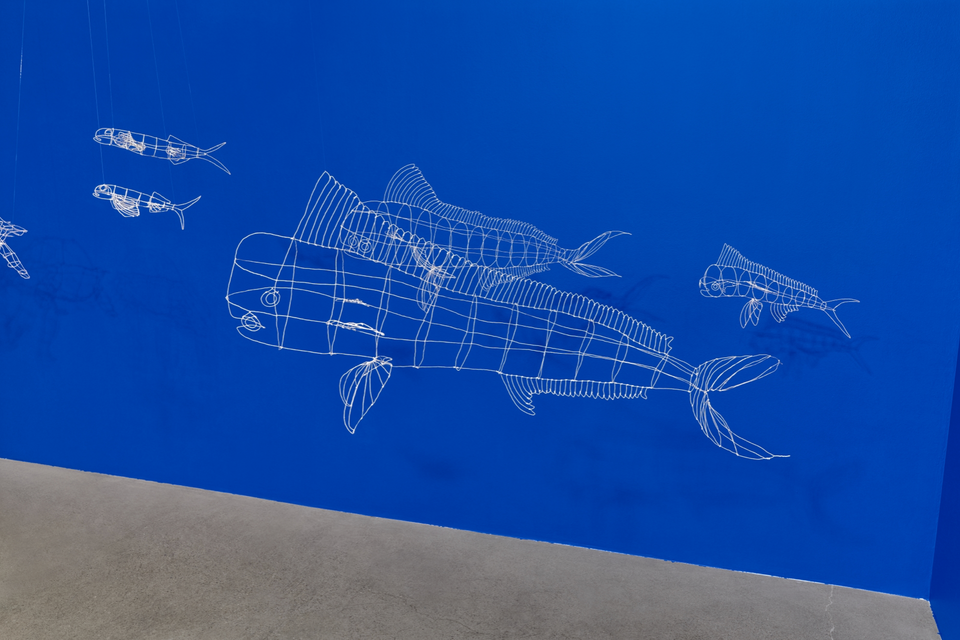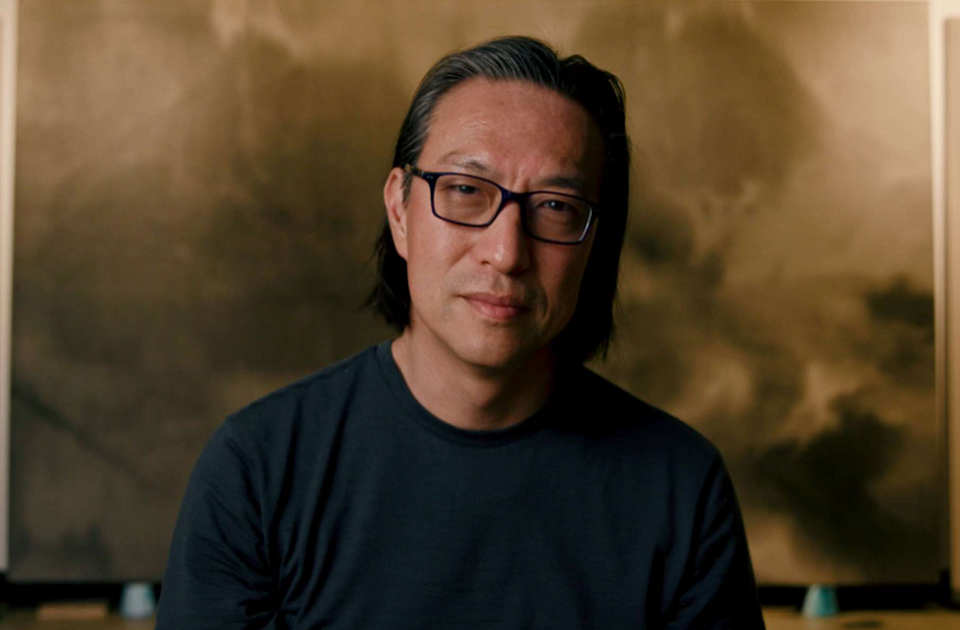If, as we say, it is good to celebrate and talk about art (both pop & fine), it makes sense that we’d use this platform to showcase original works by contemporary artists. As such, we’ve started profiling an artist from our community whose whose recent work grabbed our attention, captured our affections. In any case, their work, story of becoming artist, or studio practice fascinated us.
This Tuesday’s artist is Wayne Brezinka. Below you’ll see a recent conversation between he and Meaghan, videos of Wayne at work, and images of the pieces he reflects on during the chat. If you have something to show the editorial staff and the rest of The Curator readership, too, please email us: editor@curatormagazine.com.
Wayne’s Bio
As an illustrator and contributing artist, Brezinka has been commissioned by The New York Times, Neiman Marcus, The Johnny Cash family, The Washington Post and the Chicago Tribune. Wayne has also illustrated for many ads, posters, music packaging, consumer packaging, and is always looking for new venues for his work. His illustrations have appeared in Communication Arts, Print Magazine and most recently, the Society of Illustrators’ 52 in New York. Through a unique combination of vintage and found ephemera, collage and mixed media, Brezinka creates and sculpts these items into unique images and works art. Wayne lives with his wife and three children in Nashville, Tennessee.
Meaghan: Wayne, it was great meeting you at the Laity Lodge this March. I appreciated our conversation then and I’m grateful that we’re able to chat about your work now.
Wayne: As am I. Thank you! This will be fun.
M: Can you tell me a little bit about your journey to this point? How you decided to be a full-time artist?
W: My journey began as early as kindergarten, I’d say. I always loved to color, create, cut paper and work with my hands. If I got in trouble with the teacher, it wasn’t a total wash because I found it more satisfying to stay inside and make things than to play outside at recess. I’ve always found it easier to look into a group of people from the outside if I was creating rather than be in the center of what was going on. My father was an alcoholic, so there was a lot of chaos in my home (I’m grateful to say that my father and I have since reconciled). I used art as an escape to find peace, not even knowing as a child that that’s what I was doing. As I got older, I decided to pursue graphic and commercial art eventually earning a degree in design. Whether I was designing t-shirts, working for an ad agency, or as an art director for a record label designing album covers, I always found interesting tactile pieces of paper or metal and worked those into my pieces. Six years ago, a friend who is a professional illustrator challenged me to be a full-time illustrator and fine artist. I accepted the challenge, started marketing to agencies, galleries, and art directors and it went from there. I remember early on when the LA Times called me one evening and they wanted to commission me for something, and then Neiman Marcus called to commission me for something. And so it worked and grew and continues to grow.
M: How did you first get into designing album artwork?
W: I loved music as a teenager and I wanted to design album covers. I thought, what better place to live than Nashville? I had visited a few times but I didn’t know anyone, but I was ready, so I hopped in my car, drove down from MN and started fresh. [I moved in with this guy who was in a Christian rock band called Whitecross (I don’t know if this rings a bell); he was their bass player.] So after 3.5 yrs making collateral pieces at an ad agency (my first job here), when I became great friends with a creative director at EMI/CMG records through our church, I was very happy. I told myself that I wasn’t going to make something happen that wasn’t supposed to happen. We formed a genuine friendship and she offered me a job. Before interviewing I made one condition: I told her she could only hire me if I was the best candidate. I got the job and I was there for four and a half years. It started with me designing packaging for cassette tapes then CDs; it was the greatest time, a dream come true.
This slideshow requires JavaScript.
Then, unfortunately, I was fired. We had a new house and a baby on the way, so I immediately transitioned into freelance and it skyrocketed. And that’s how I’ve been afforded the space to do special commissions and to make the work I want to make.
M: Tell us about your how you balance the demands of fatherhood, marriage, and all that life fills itself up with and an intense studio practice in which you make elaborate, highly-detailed, time-consuming pieces.
W: I’ve got three kids, so I have to balance home/studio time. I work from 8:30-6. And when I’m in the studio, I have to prioritize what I have to spend the most time on. If it’s an intricate, large figurative piece, I’ll even tell myself that I can spend an hour on an arm or an hour on a leg. Breaking things down that way helps me keep things going, and finding a natural rhythm and not forcing myself in the process helps too. Often times a mood or a feeling about things happening at home will interfere with the process, so I have to give myself grace to sort that out as I work. I ask for peace with the process and gently let things happen, try not force the work. I find that when I pressure myself to create an amazing piece, I’m usually less successful. That’s a process I’ve learned over the years, though; it’s taken time.
I’m in recovery. Working through my addiction has helped me to understand surrender, letting the work be what it will be. I can beat the shit out of myself better than anybody else, so I have to be gentle. I find that I’m of greater service to others and to the sorts of art I can make for them if there is kindness and peace throughout the process, not the self-thrashing that I’m capable of.
M: Many of the folks that I’m friends with and artists that I speak to talk about making work as a therapeutic process, or almost a compulsion, a necessity in their lives. For some, it’s become a devotional act. Thank you for helping us to understand your intuition and motivation in the studio. On the practical side, do you get an idea for a figure or scene that you want to make, and then gather materials? How does the process work?
W: It’s all fluid and then things happen that anchor an idea to the right materials. For instance, I’ve wanted to make a piece about Job for a long time. I imagine Job was a very old man: frail, thin— you can see his ribs— hunched over. So this weekend while my quickly-deteriorating father-in-law was visiting, my wife suggested that I ask him to be my model.
I’m wrestling with the idea of doing Job nude sitting on a pile of trash. As I was photographing my father-in-law posing, I thought, this is the pose! I responded to his gestures, stance — his freedom of expression allowed me to settle on something that I thought would work. Now I have to gather materials. The streets on my walk to the studio every morning are filled with trash, and so one day soon, I’ll start picking it up. As the sketch of the piece solidifies, I think more and more about materials. What can I pack into the collage that’s full of symbolism? I might use pages from a an old family photo album or pages from a Bible from mid-19th century.
M: There’s something about the narrative of the Job story that lends itself well to collage..not necessarily better than painting, but differently. Because you’re layering the piece with objects, you’re able to pack hidden meaning into a piece without it being gimmicky or obvious. From what you’ve told me, you find figures or scenes that have a narrative, stories you can tear apart and then piece back together item by item. Over the course of your career, what have been some standout stories?
W: I just completed a dream piece at the beginning of 2014 for a new publication in Nashville. It’s based on my story of sexual abuse as a kid, and my recovery from an addiction. I had been medicating my pain. In order for me to move on, as an artist, friend and father, I had to grieve that pain. I went through lots of therapy and small groups, but I had never visually resurrected any of those memories or dealt with them in the studio. And so I began the very difficult sketching process: there is a man in his underwear tucked in the back of this image, lurking behind a boy. I was nervous about what people would think — can I show this? Is it erotic, hypersexual? A few trusted friends said it HAD to be in there, that it was too much a part of the story to leave out.
Making this scene was another very therapeutic act of healing; it helped me grieve that part of my story. Objectifying it, looking at the image from the outside, building the wolves and such, helped me to talk about it in a new way. And the piece has taken on its own life now. Unfortunately the statistics of abuse are really high, and it’s brought important convos out of the woodwork. Its meant a lot of people who share the experience and it’s been healing for me and for viewers, so the depiction of that story is a standout for me.
This slideshow requires JavaScript.
M: Thank you for being willing to share that, Wayne. You also work with historical figures whose stories are known by the public. Can you tell us a little bit about the Lincoln piece?
W: Lincoln fascinates me. In 2012 there was a LOT of press on him because of the anniversary of the Emancipation Proclamation. I wanted to know if I could make his face. And a friend said what if you used photographs from the Civil War? So he and I traveled to the Annual Civil War Antique Fair to buy fairly affordable paperworks from the period that were later worked into the construction. In 2013, I had an opening at Taylor University, including this piece and others. Liking how the piece was received, I pitched it to Lincoln museums and monuments. Many of them were very responsive and interested and so kind, so that grew my confidence. So I pressed on until eventually the Ford Theater wrote back and said they wanted to display it! It’s hanging there now in an area that gets a ton of foot traffic. The piece is available for purchase, so it’s great that so many eyes are on it each day.
M: If you had no limitations, what would you make? Could you work in the same way without them? Most artists thrive with boundaries, but I like to get an idea of what people’s dreams are apart from the things that restrain them.
W: If I had all the money I ever needed, if my needs were met, would I still feel incentivized to create? I think so, yes. I’d just want to keep making new work, offering life to others and to the world. I’d like to make a way for people to sit quietly and look at work and think about themselves and what they’re seeing. That’s why I want to make the Job image. Think of all the introspection that could lead to. As an artist you either give the viewer a reason to dismiss the work quickly, or you engage them, you get them to ask questions and to answer questions for themselves. I like to push it. I think I’d want to make more work to help people want more for their lives.
For more information about Wayne’s art, please visit his website, Twitter or Facebook pages.





